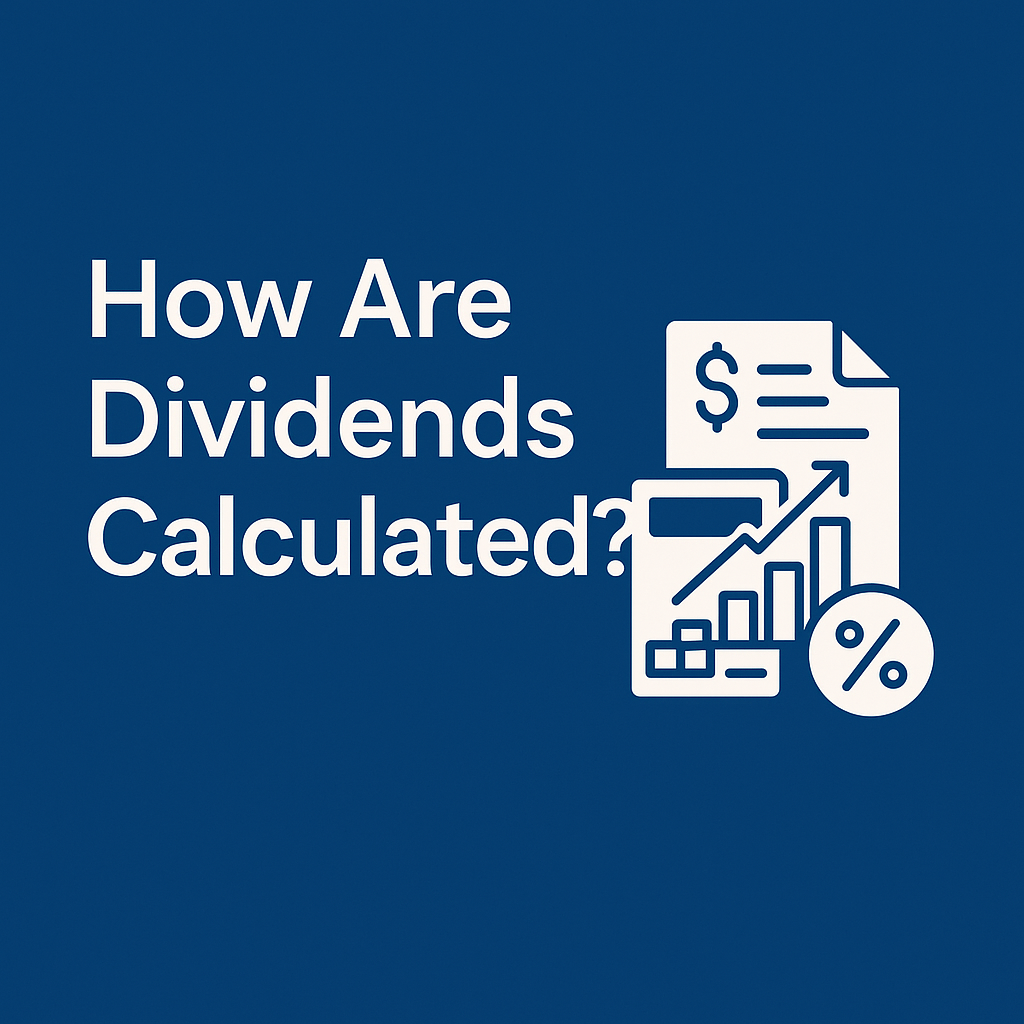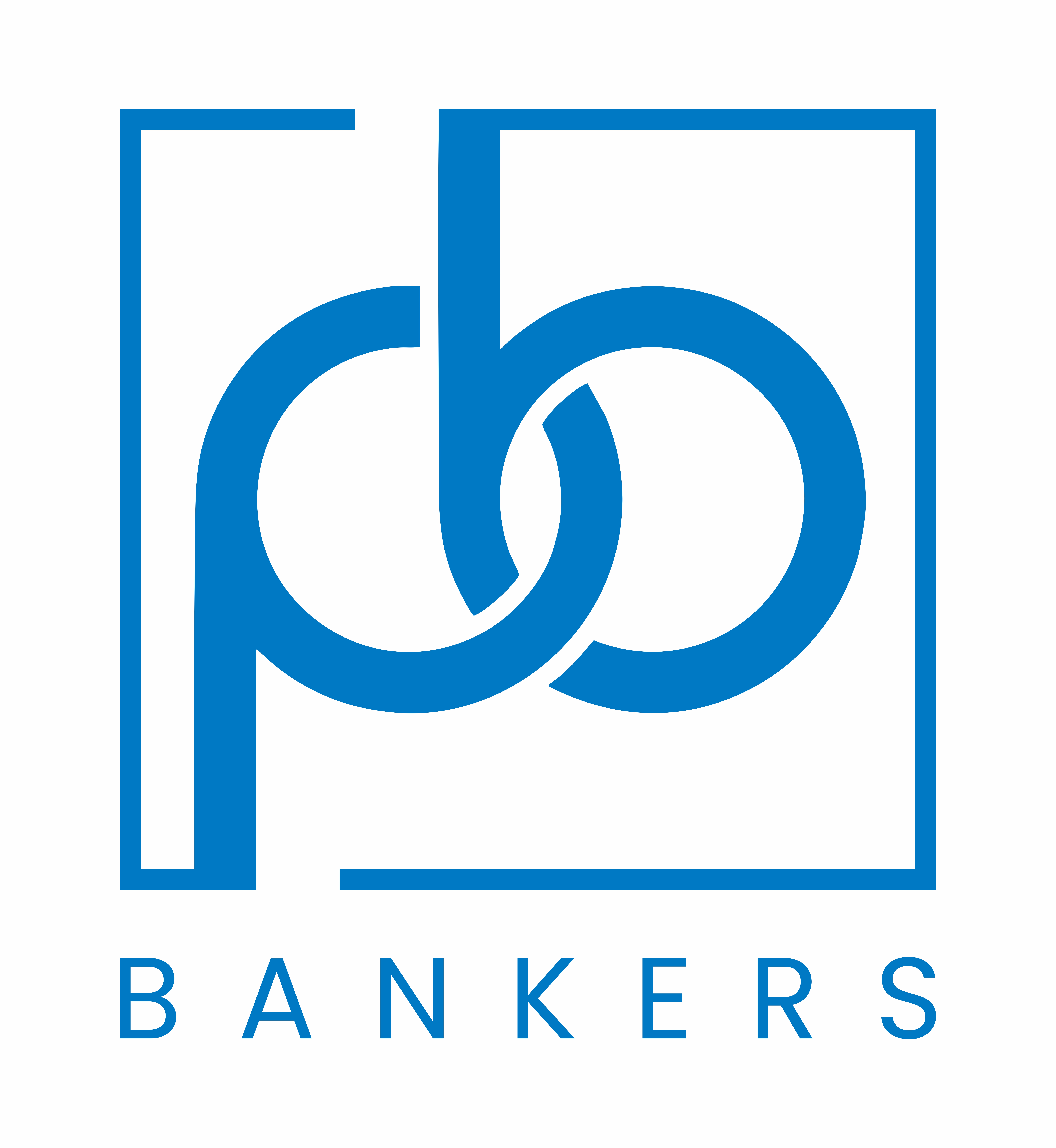How Dividends Are Applied to Whole Life Insurance Policies

Dividends from life insurance are extra earnings that some whole life policies offer. These payouts can be used in various ways, and you usually have a few different options for how to handle them. In this guide, we’ll go over the most common ways to receive your life insurance dividends, when they’re available, and how to pick the right option for you and your family.
Key Takeaways
- Some whole life insurance policies may pay you dividends, which are like a bonus from the insurance company.
- These payments aren’t guaranteed every year, and the amount can go up or down.
- You usually have a few options: use them to grow your coverage, reduce your payments, or take the money as cash.
- The good news? You can change how you use your dividends over time, depending on what works best for you.
What Are Dividends?
Dividends from a life insurance policy are like a refund on part of the money you’ve paid in. If your insurance company does well financially, they might give you some of that success back in the form of dividends. Depending on what your policy allows, you can use those dividends to buy more coverage, lower your monthly payments, or even take the money in cash.
To get dividends, you need a special kind of policy called a participating whole life policy. These are usually offered by mutual insurance companies and let you share in the company’s profits. However, they often cost more than non-participating policies.
It’s important to know that dividends aren’t promised. Insurance companies only pay them when they can afford to, so there’s no guarantee you’ll get one every year.
Note Life insurance dividends aren’t something you can count on every year—they’re not guaranteed, and the amount can go up or down. So, it’s smarter to think of them as a nice extra when they show up, not something you depend on for income or growing your policy.
How and When You’ll Receive Life Insurance Dividends
Most life insurance dividends are paid once a year. If your policy earns dividends, you’ll get to choose how you want to use them. Here are the most common options—each with its own perks depending on your goals.
Take the Cash
The easiest option is to receive your dividend as cash. The insurance company sends you a check, and you can use the money however you like. But if you’re looking to grow your coverage, there may be better ways to use it.
Buy More Coverage (Paid-Up Additions)
You can use your dividend to buy extra life insurance that’s fully paid for—no future premiums needed. This boosts your total death benefit and builds more cash value over time. Plus, the added coverage may earn its own dividends too.
Lower Your Premium
If you’d rather pay less out of pocket, you can apply your dividend toward your premiums. Say your yearly premium is $1,000 and your dividend is $150—you’d only need to pay $850.
Planning to go this route? Paying annually often works best. Monthly or quarterly payments might not line up neatly with your dividend, especially if the payout is higher than your regular installment. If that happens, you can choose another way to use the leftover amount, like taking it as cash
Pay Down a Policy Loan
Got a loan against your policy? You can use your dividends to reduce that balance. Just remember—since dividends aren’t guaranteed—it’s smart to keep making regular payments even if you expect a dividend.
Let It Grow With Interest
If you don’t need the money right away, you can leave it with the insurer in an account that earns interest. This won’t change your death benefit, cash value, or premiums, but the money is available anytime you want to withdraw it.
Heads-up: The interest you earn here is usually taxable, so keep track and report it when filing taxes.
Note
In most cases, you’re free to switch how you use your dividends each year—but it’s a good idea to check with your insurance company to see what’s allowed.
How Are Dividends Calculated?

Insurance companies may decide to pay out dividends when they’ve had a strong financial year—meaning their investments and policies did well. How much you get usually depends on two things: how much cash value your policy has and the dividend rate the company is using at the time.
For example, if your policy has $10,000 in cash value and the company applies a 5% dividend rate, you’d earn $500 in dividends that year.
Do You Have to Pay Taxes on Dividends?
Usually, dividends are seen as giving back some of the money you’ve already paid into your policy, so they’re often not taxed—at least until the total you get back goes beyond what you’ve put in. Still, it’s super important to talk with a tax pro and your insurance advisor to understand how taxes might affect you.
Note
When you get dividends, they lower your “basis,” which is basically how much you’ve paid into your policy. If you decide to cash in or cancel your policy and your basis is low or gone, the money you get might count as taxable income.
If your policy is a modified endowment contract (MEC), things get trickier, and dividends are more likely to be taxed.
Picking the Best Whole Life Policy That Pays Dividends
When you’re shopping for life insurance in Canada, the first step is figuring out what kind of coverage you need and how much. If you want a whole life policy that pays dividends, it’s important to choose an insurer with a strong financial reputation. Checking ratings from agencies like A.M. Best, Standard & Poor’s, or Fitch can help you find companies that are financially solid and likely to keep their promises. It’s also a good idea to look at a company’s history of paying dividends. While dividends aren’t guaranteed, insurers with a long track record of paying them can give you more confidence. In Canada, many mutual insurance companies have a tradition of sharing profits with policyholders through dividends. Doing a bit of research on how insurers have handled dividends over time can help you pick a policy that fits your goals and offers potential extras down the road.
Kyla Lovell is a financial expert that teaches the Infinite Banking concept utilizing whole life insurance. This concept creates financial wealth by creating your own personal bank. Get your free Infinite Banking report for more information on the concept.
Quick Contact